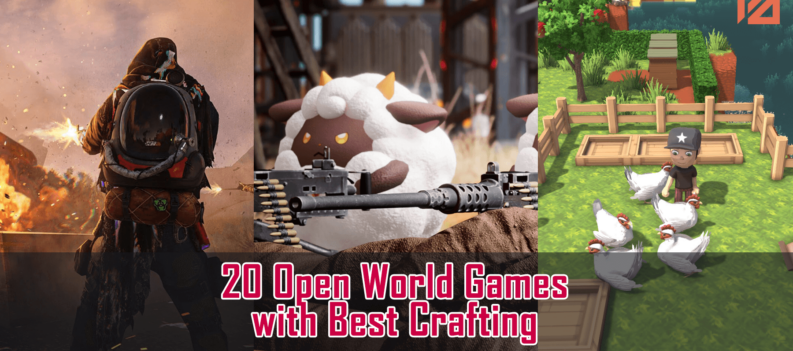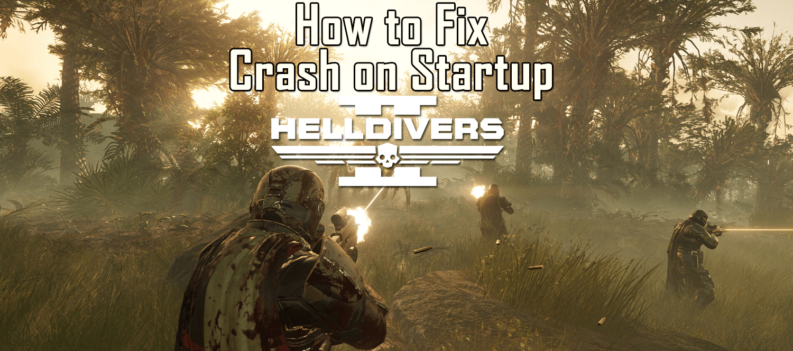Another week, another review. Hey there readers! Welcome to another helping of gaming analysis from Pure PlayStation as we continue our efforts to help you cut the gaming wheat from its surrounding chaff. Today, we bring you our verdict on the latest Alchemic RPG from Koei Tecmo and Gust, Atelier Firis: The Alchemist and the Mysterious Journey. The Atelier series of games has been around almost as long as our beloved PlayStation itself, the original Atelier Marie released back in 1997 on Sony’s inaugural console. Fast forward to today and Atelier Firis marks the nineteenth main series entry plus many side-games, spin-offs, and ports. Don’t worry about catching up on story though, the series has gone through many separate Arks and Atelier Firis is actually only the second game in the ‘Mysterious’ series, which started with 2015’s Atelier Sophie: The Alchemist of the Mysterious Book. Now you’re all caught up, let’s hand over to our reviewer for his thoughts on this sugar-sweet JRPG.
Despite its long lineage and my love of the JRPG, Atelier Firis: The Alchemist and the Mysterious Journey is my first Atelier game. Every time a game in the series has come up, it seems there has been something else to distract me. I was excited, then, to delve into the game and see just what this unique universe has to offer. In all honesty, I come away from the experience a little disappointed. The robust crafting mechanics are deep, varied, and engaging as you would expect but the supporting gameplay is just average and incredibly repetitive. The visuals pop with anime cuteness as do the main characters but there’s little direction, peril, or plot to engage you with their journey. There are aspects to like here and there but the overall feeling the game created in me was one of boredom. Join me below as I explain just why, then do the unthinkable and disappoint a cute anime girl with a review score.
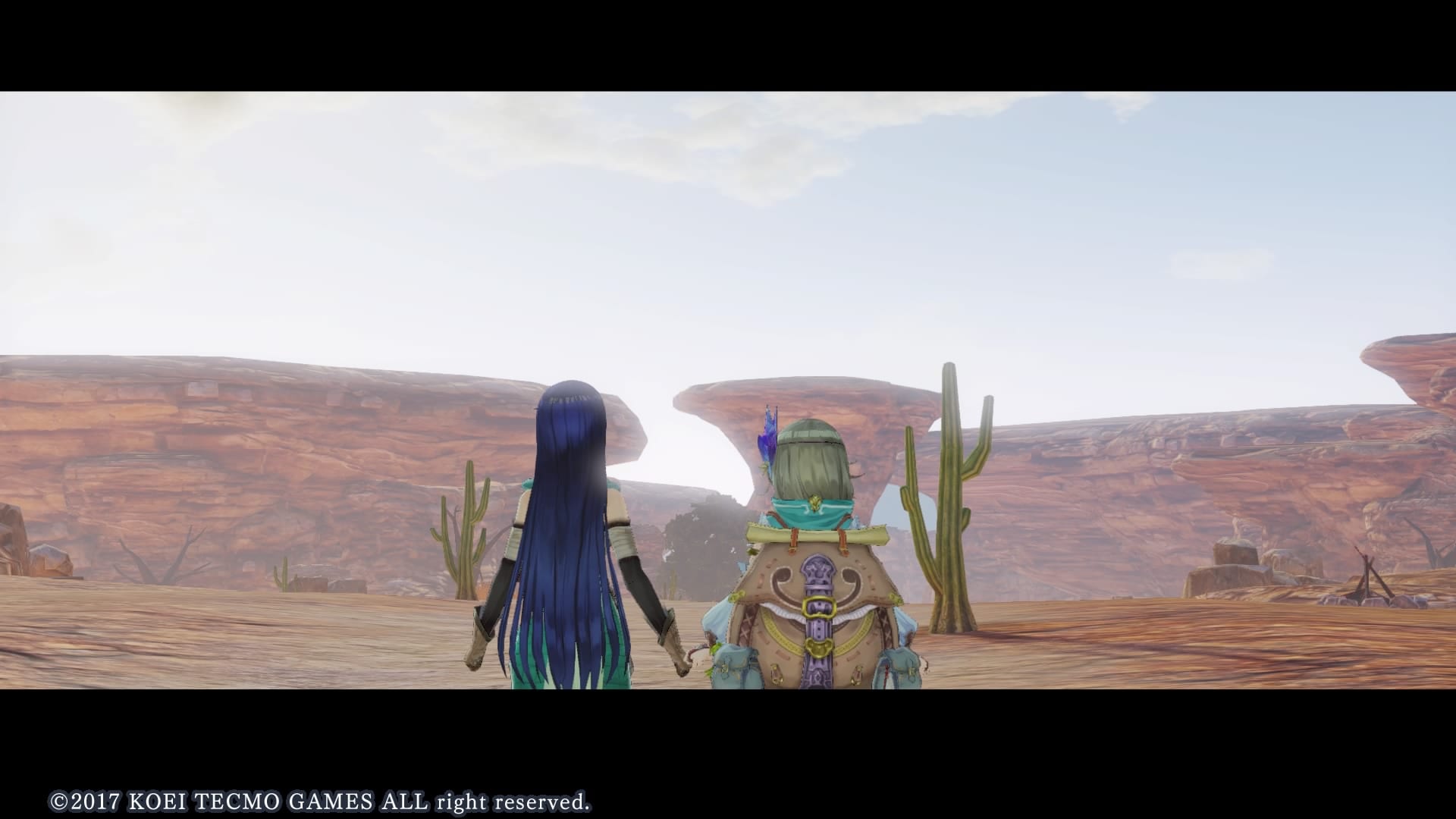
As the extended title suggests, Atelier Firis is all about main character Firis and her journey away from a sheltered home life. Her home town of Ertona is a mining community enclosed inside a mountain and cut off from the rest of the world. Firis yearns to escape its walls and venture out into the world but is held back by parents who fear for her safety. This all begins to change when the mysterious alchemist Sophie and her partner Plachta appear and unintentionally demonstrate the power of alchemy to the impressionable Firis with a bang. The opening of the game is all about proving to your community that you have the skills to survive in the outside world and introduces you to the main game mechanic of crafting items both to solve people’s problems and to take out the occasional monster.
Once you’re past this hurdle, the game branches out and gives the player full access its open world. You’re then given an in-game year to practice your alchemy and collect the three letters of recommendation you’ll need to take the alchemist’s licence exam and become an official alchemist. This is achievable in a number of ways and you’ll have to discover them yourself as you freely explore the world and interact with its characters. The time limit keeps you pushing forward toward your destination, the location of the exam, and the flow of towns you’ll come across and people you’ll meet makes sense so that you won’t have to waste too much time wondering what you’re meant to do next. It’s this portion of the game I found most enjoyable as the slight tension caused by the time limit gives a concrete focus and direction to your actions. The limit itself is fairly generous and even though you need to take time to craft and time to rest, I never felt too limited or rushed to move on.
Getting your recommendations involves finding other licensed alchemists out in the world and completing quests for them, creating an item of particular quality perhaps or taking out some monsters. Most will involve several tasks and there are more than three you can collect, so you’re free to ignore one or two if you’re unable to work out the solutions.The problem I had here is that a lot of these tasks feel like busy work and the actions needed to move quest lines along can be quite arbitrary. By arbitrary, I mean things like going in and out of your atelier (portable alchemy tent) a certain number of times, resting, walking past a certain area at a certain time of day, etc. Nothing is too obscure but it gives an eye rolling sense of disconnection to the game world when you’re popping your tent up and down to check if a cutscene is going to play. It’s a problem that only gets worse in the late game. When your time limit is removed and your objective literally becomes ‘let’s go to lots of places and do lots of things’ there are a few branching plot lines to follow but their appearances are sporadic and things such as arbitrary amounts of time that have to pass before the next event will occur mean it’s hard to feel any significant attachment to the incredibly loose story.
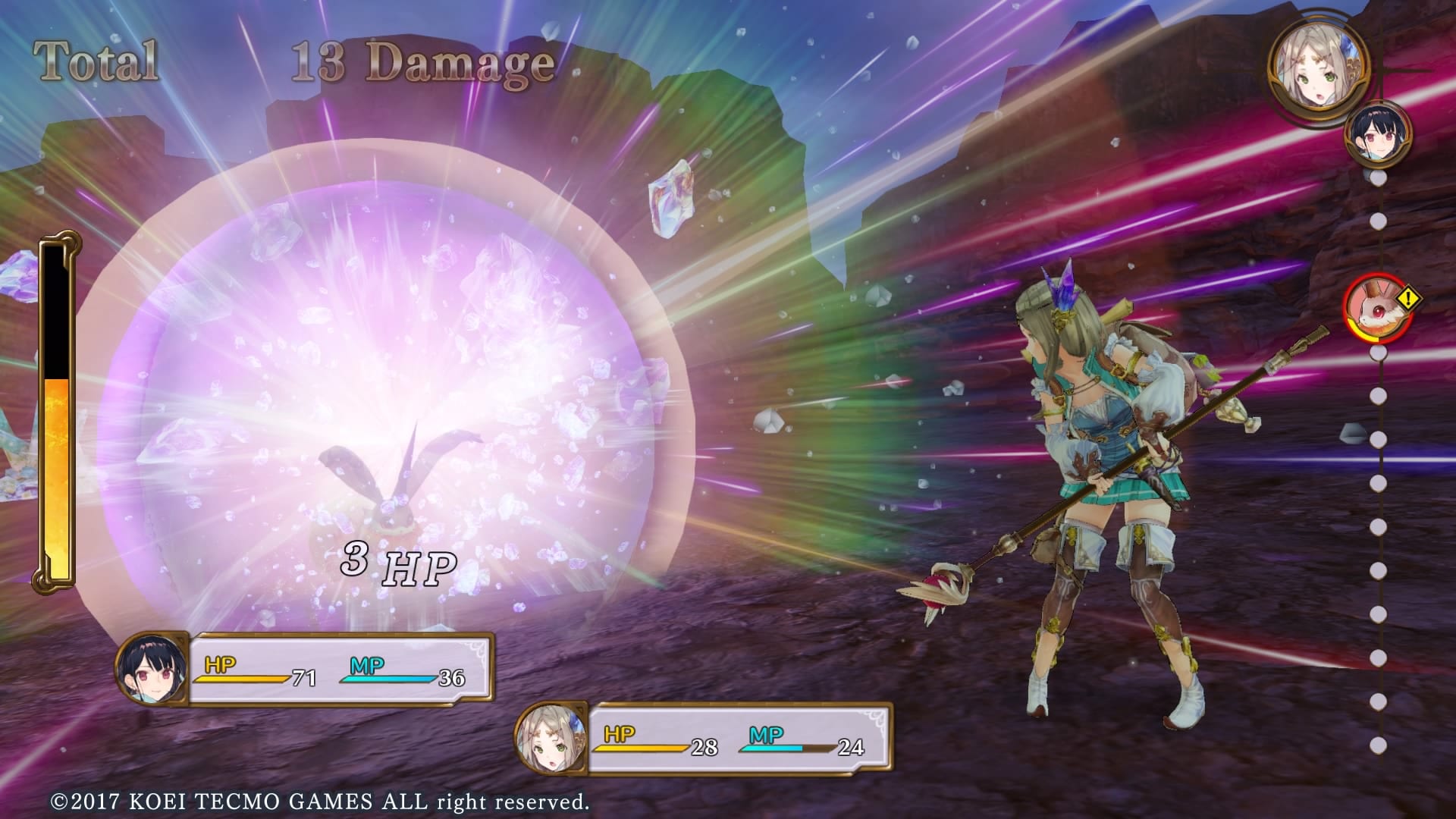
The three pillars of gameplay in Atelier Firis are alchemy, combat, and relationships, with a rather large emphasis on the alchemy. The crafting system itself is fairly engaging, you use collected materials to synthesise useful (or not) items by placing each component into a grid that determines various bonus aspects for the created items. It encourages experimentation with interchangeable ingredients which can increase the potency and quality of creations and imbue them with different characteristics or, in the case of weapons and armor, different abilities for use in combat. Using various different types of materials can even lead to learning new recipes which further encourages you to both hunt for rare ingredients and use what’s in your expansive inventory. You’ll end up crafting everything from potions and attack items to help in combat, materials for quests, endless amounts of crafted ingredients necessary to make more complex recipes, large environment altering structures like bridges, and even some interesting methods of transportation. Sure, it’s deep, it’s complex, but unfortunately the doing is a repetitive menu diving task and the endless crafting of base ingredients you have to do in the late game ends up feeling like a grind.
It doesn’t help that the other aspects of the game are a mixed affair. Combat is a turn based system with regular attacks, magical abilities, and of course the aforementioned alchemy items. Character’s abilities are determined by their equipment and better quality gear will actually grant better abilities as well as better stats. With elemental damage types, all sorts of buffs and debuffs, resistances and more, there’s actually a lot of depth to be found. The problem is that it takes so long to reveal its hand and get to the more interesting aspects that combat for the majority of the game is incredibly mediocre. Couple this with the game’s tendency to vary enemy levels wildly and seemingly without thought in most of the game’s locations and it leads to combat feeling more like an afterthought than a main mechanic. I’d estimate that around level forty would be where most players will be when they get their first opportunity to complete one of the game’s various endings and its only around this point that things start to get remotely interesting combat-wise.
Character interactions form the other aspect of the game, you can amass quite a few companions along your journey who’ll join you in battle and these and a variety of significant NPC’s also represent people with whom you can form relationships by engaging in dialogue and completing tasks. The tone of all of this is lighthearted and puts a lot of emphasis on the ‘cuteness’ and naivety of the main character Firis. You’ll either love it or hate it depending on your tolerance for unrealistically cute anime girls (you know which category you fall into, no judgement). It can be endearing at times but both the side interactions and the main plot are all loosely connected vaguely comedic sketches and there’s little to no real emotion, struggle, danger, or direction to any of it. Watching Firis basically take her first steps in the world is an interesting idea but having that form the entire basis of the game’s story does not make for a thrilling ride.
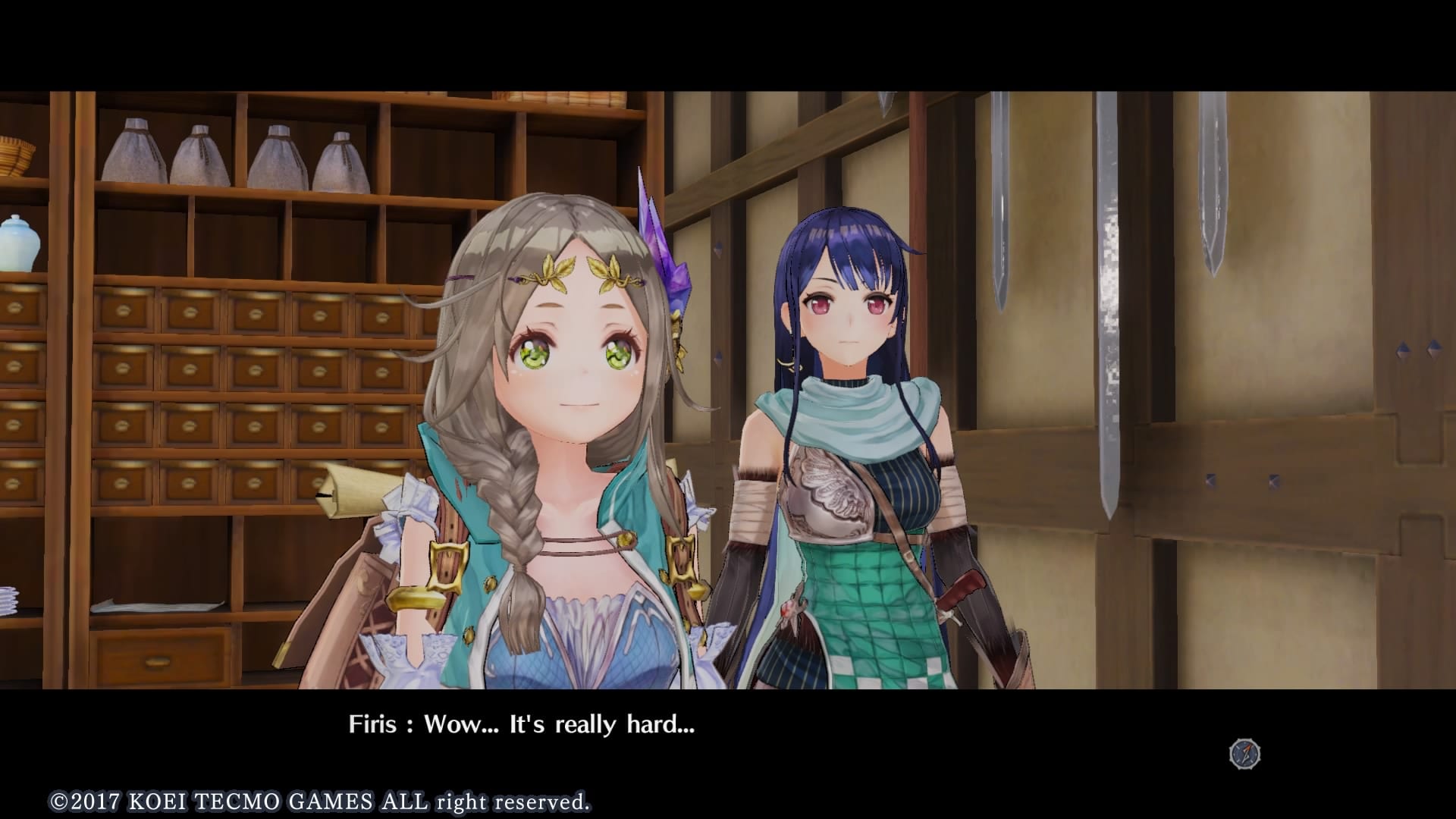
One positive to all this for role-playing fans is that it does give you the opportunity to choose Firis’ path after passing the alchemy license exam. You’ll have to be pretty self-motivated to get the most of this side of the game though, there’s little at this point to draw the player forward other than natural curiosity. If anything, the biggest negative is that all of the game’s mechanics take far too long to actually become fully fleshed out. After about 60 hours of repetitive quests and samey combat to reveal one of the more basic endings, my lust for exploration had been severely dulled. For those who don’t mind this fetch-quest, gathering, crafting, combat loop, there is actually a lot of content to reveal beyond this. Mass synthesis items that require huge quantities of items can reveal new areas and tantalisingly high-level boss enemies stand out in plain sight, goading you to become strong enough to challenge them. Beyond barriers like these lie alternate story lines and deeper endings to the game but it requires a huge effort on the part of the player just to want to continue on to this point, let alone complete the tasks themselves. The game is content to let the player direct themselves and doesn’t force any of these activities on you but in doing so loses any sense of purpose other than that which you apply yourself.
Despite this multitude of flaws there are some aspects of the game that will appeal to some. The anime style of the game is nice to look at, not all the environments are great by ultra-modern standards but the character models and especially some of the static art pieces look fantastically detailed in their stylised anime way. It also runs just fine for what it’s worth, barring some slight frame rate drops in a couple of areas. Music is a highlight, the soundtrack is whimsical and lighthearted for the most part and matches the varying environments nicely, even having different variations on each area’s themes for the night and day cycles. In a nice touch for game music buffs there are also notes on each composition from the composer that can be viewed in the gallery unlocked after completing the game.
For me, I couldn’t get past the biggest flaw that Atelier Firis just didn’t make me want to push far enough into the game to reveal its well hidden depths. It’s not a bad game, in that it all functions well enough, looks good enough, and sounds good enough. It’s not winning any awards for originality though and despite the unique crafting mechanics the fetch quests, repetitive battle system and the fairly uninteresting dialogue remind me of a mid-level MMO with a heavy emphasis on crafting. Avoid this one unless you’re a series fan or you really, really enjoy a good crafting system.
Atelier Firis: The Alchemist and the Mysterious Journey is available now for PlayStation 4, PlayStation Vita and PC. Give us your take on the game, or leave us a user review, below.
Atelier Firis: The Alchemist and the Mysterious Journey PS4 Review
-
Overall - Not Bad - 5.5/105.5/10
Summary
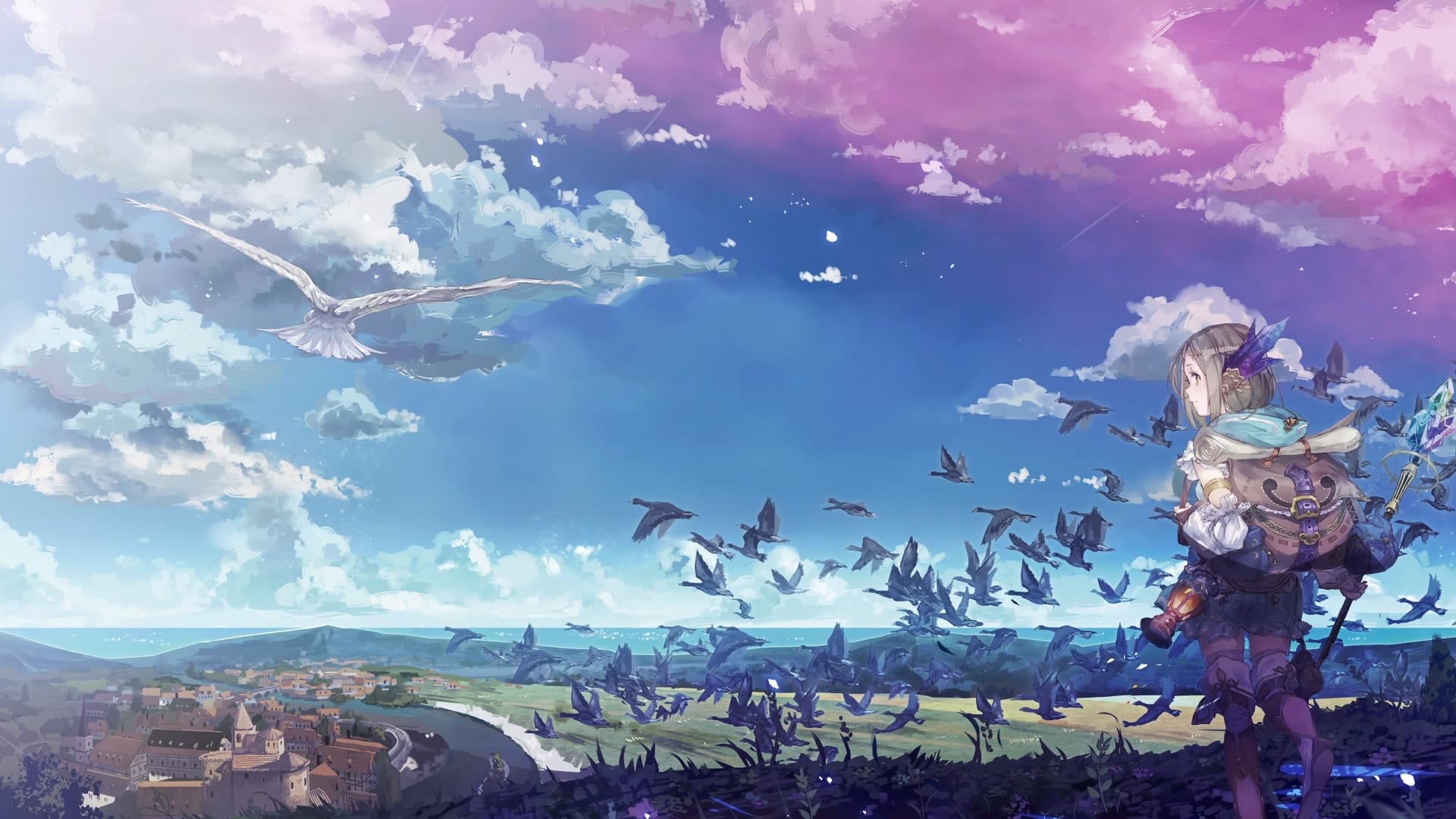
A decent opening devolves into a directionless wander. The repetitive nature of many of the game’s tasks and situations mean that the real meat of the game is hidden under a lot of padding that demands a huge investment of time and will to uncover. Unless you’re a hardcore fan of the laid-back crafting loop of the Atelier games, there are many more engaging RPG’s out there.
User Review
( votes)Review Disclaimer: This review was carried out using a digital code provided by the publisher. This does not affect the content of the review or the final score awarded. For more information, please read our Review Policy.
*Reviewed on a standard PS4


